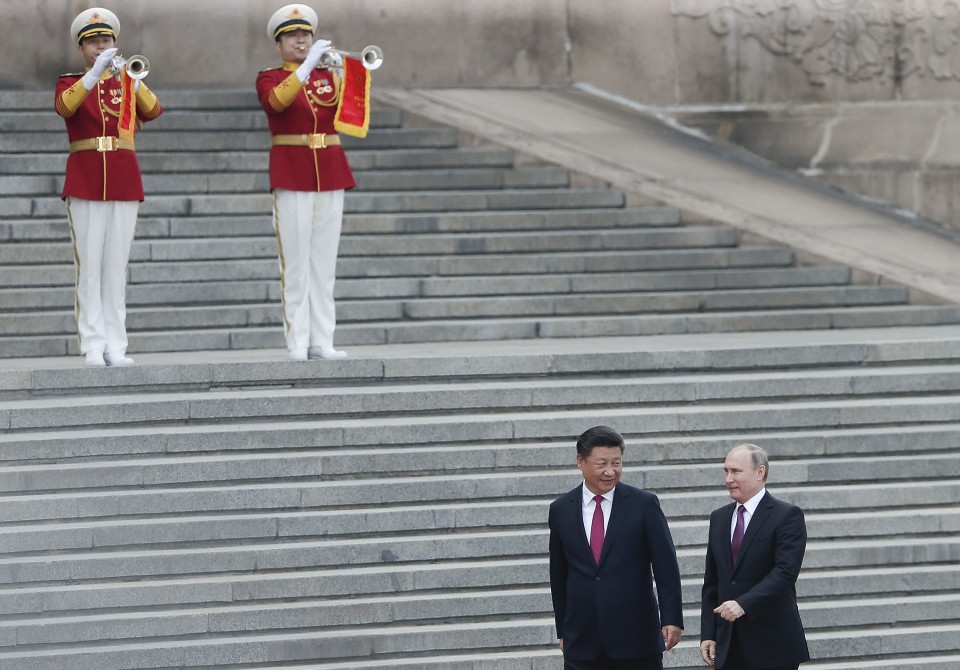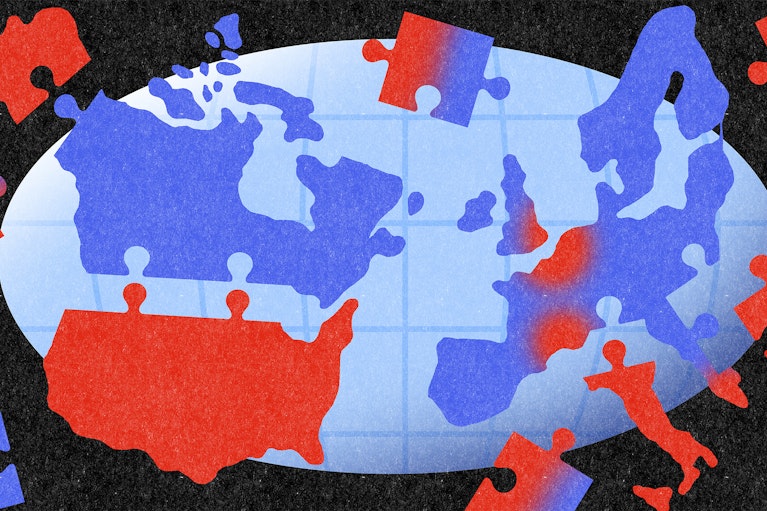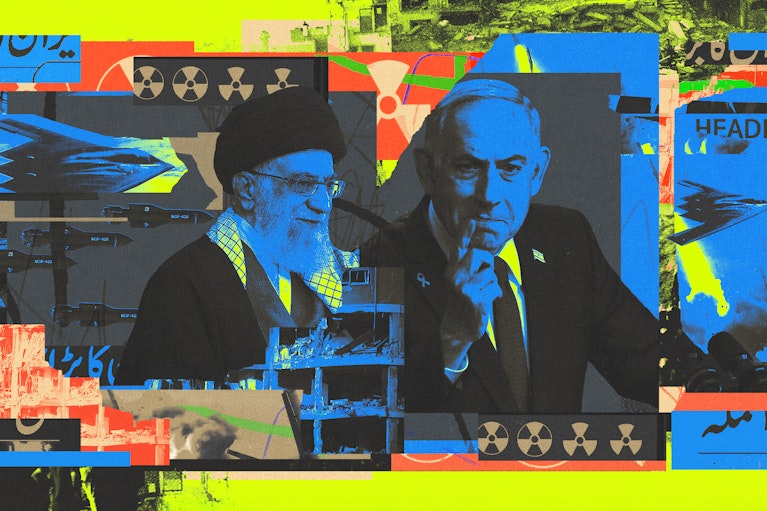Jonathan Hillman is director of the Reconnecting Asia Project at the Center for Strategic and International Studies in Washington, D.C.
This week, Chinese President Xi Jinping and Russian President Vladimir Putin are capitalizing on President Trump’s absence from two major summits. Putin met with the Association of Southeast Asian Nations (ASEAN) in Singapore, and Xi will attend the Asia-Pacific Economic Cooperation (APEC) summit in Papua New Guinea. In Asia, where economics is strategy, Xi and Putin are not only showing up but claiming to champion a new approach to globalization.
Lately, Xi and Putin like calling for openness and inclusivity, appropriating Western language to fuel resentment in many of the places that have benefited from globalization the most. They even pledged to link their signature economic visions in 2015, a political act kept alive by endless joint statements and signing ceremonies, including those last week. China’s Belt and Road Initiative promises $1 trillion of new infrastructure, trade deals and stronger cultural ties with over 80 countries. The Eurasian Economic Union puts Russia at the center of a single market for goods, services, capital and labor.
The problem is not American ignorance of this threat but the absence of a coherent strategy in meeting it. “Moscow and Beijing share a common interest in weakening U.S. global influence and are actively cooperating in that regard,” the U.S. Defense Intelligence Agency concluded in a 2017 report. But unintentionally, the cumulative effect of U.S. sanctions against Russia and tariffs against China could hasten the very threat Washington seeks to avoid: an anti-Western authoritarian partnership between the world’s largest nuclear power and second-largest economy.
That nightmare can still be avoided. Thankfully, the Sino-Russian partnership still has an artificial flavor, supported more by leaders-on-high than organic developments on the ground. After each round of ceremonial signings and partnership promises, China still towers above Russia in economic and demographic terms. With a long history of invasions, Russia’s paranoia about foreign powers approaching its borders will not vanish overnight.
But Russian policymakers must be persuaded to take China’s economic power as seriously as the West’s military power. China’s grand ambitions run through Russia and its neighbors, but its investments and infrastructure projects have not yet triggered alarms in Moscow. Russia is the gatekeeper for China’s overland push westward, but Xi now holds the keys in the form of investment and respect that Putin, economically and diplomatically isolated from the West, craves.
Washington should highlight the risks of China’s Belt and Road in Russia’s backyard. Three of the eight countries with the highest debt risk from Chinese lending are Russia’s close neighbors: Tajikistan, Kyrgyzstan and Mongolia. China can exploit the weakness of small economies that borrow big, as it did when it wrote off a portion of Tajikistan’s debt in exchange for disputed territory in 2011. Inevitably, as China’s economic footprint grows, so will its security footprint. Sightings of Chinese military vehicles and construction in Afghanistan’s Wakhan Corridor suggest this expansion is already underway.
To take the air out of Xi and Putin’s globalization tale, Trump’s trade policy must be updated. Yesterday, a memorandum of understanding was signed to boost trade between ASEAN and the Eurasian Economic Union. China is backing the Regional Comprehensive Economic Partnership, a regional deal that gained momentum when Trump withdrew from the 12-nation Trans-Pacific Partnership. Easier said than done, but the United States urgently needs to get back into the game of offering regional alternatives rather than bilateral ultimatums.
Finally, a bit of old-fashioned diplomacy would go a long way. For now, the United States does not need to choose between Russia and China, as President Richard Nixon famously did over four decades ago. It would be wiser to work selectively with both sides, toning down the “with us or against us” rhetoric and noting areas of existing cooperation. Before reflexively approving the next round of sanctions, American policymakers should carefully evaluate their longer-term consequences, such as encouraging the rise of alternative payment systems, harm to the dollar, and pushing U.S. competitors closer.
With restraint and patience, the United States could reestablish itself as a natural wedge between Russia and China. At the very least, it must avoid becoming a bridge that unites them.
This was produced by The WorldPost, a partnership of the Berggruen Institute and The Washington Post.





